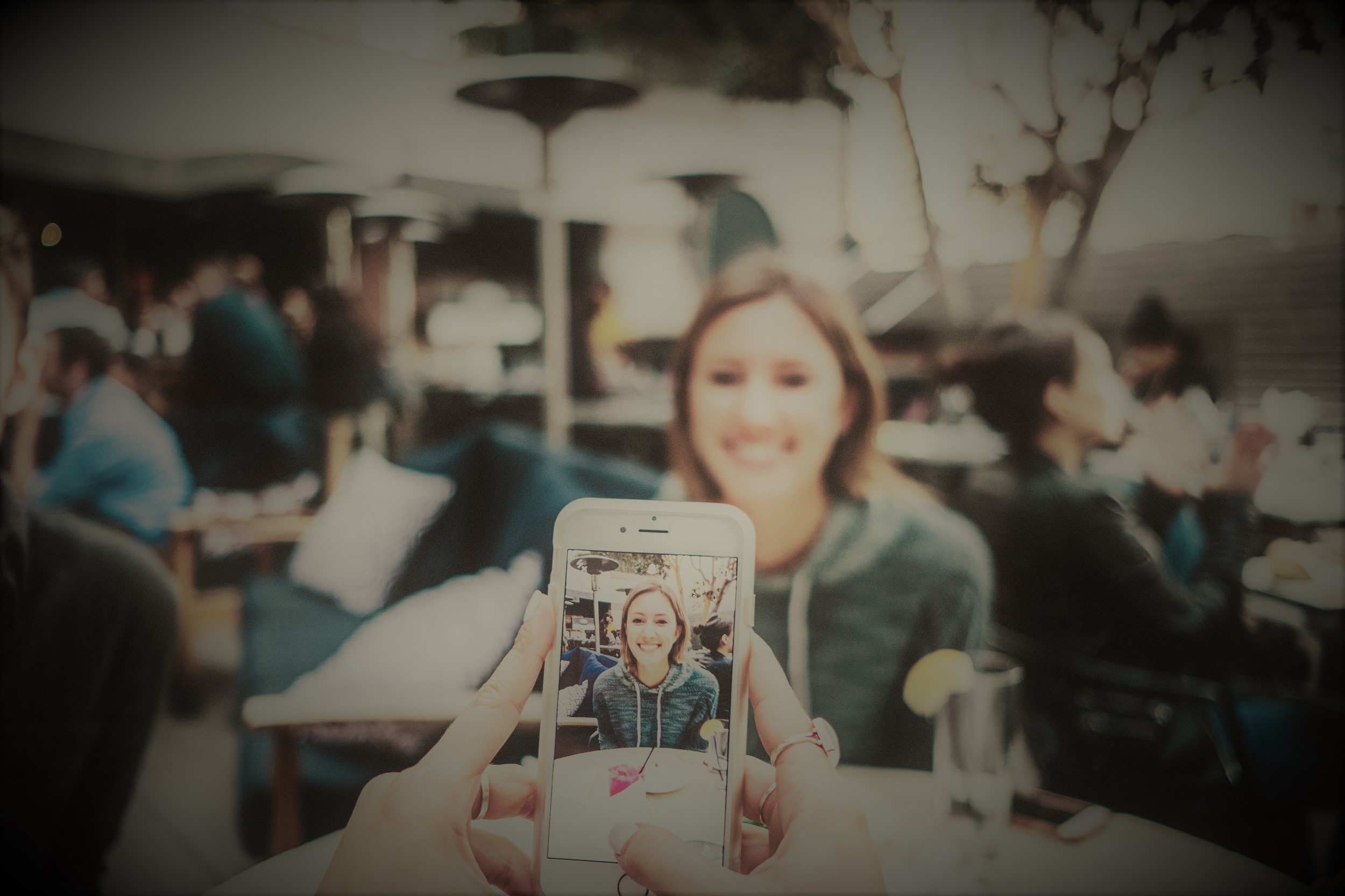Know more about our Use Case 4, which is currently being implemented in the city of Fujisawa to test the impact of the M-Sec solution
We have spoken with Jin Nakazawa, Professor at Keio University, in Japan, leader of M-Sec’s Use Case 4: Secure affective participatory sensing of city events, to better understand how is this Use Case being implemented in the Japanese city of Fujisawa, its main achievements and challenges, and how the M-Sec solution has been a decisive factor on the improvement of people’s lives in that specific environment.
Can you please briefly describe M-Sec’s Use Case 4?
This use case, carried out in Fujisawa city in Japan, explores the possibility of secure sharing of citizen affective information in a given city.
What is this Use Case trying to solve?
In cities, there are many different events occurring every day. As a means of detecting/sensing such events, participatory sensing platforms, that let people to report on such events, from their own (human/emotional) perspective, with their mobile devices (e.g., smartphones), are becoming a popular phenomena. However, protection of private information in such sensing-based platforms was yet to be explored, and this is why such topic is the main focus of this use case.
Can you tell us in what ways the implementation of this Use Case is expected to improve people’s lives in a smart city such as Fujisawa?
M-Sec Use case 4 is expected to improve people’s sense of privacy security in their participation in activities and communities in the cyber world, when reporting/sharing a given city event or activity. Our implementation of M-Sec’s Use Case 4 will provide a way to protect privacy when citizens decide to report on certain aspects of their lives, as well as other people who happen to be part of that reporting, even if involuntarily (e.g., when someone is taking a picture in a city event, restaurant, etc., and others involuntarily appear in the background). With the implementation of M-Sec’s data security component, people’s active participation in participatory sensing platforms is expected to increase towards richer information acquisition about the local city and communities’ events, since private data – and particularly the data of third parties – is not compromised.
How is this Use Case being implemented by the M-Sec project?
A platform component called SmileCityReport (affective participatory sensing platform on mobile devices), was added to the M-Sec solution, as well as a Ganonymizer component, which enables edge-(mobile)-side computation for privacy protection. Another component, SOXFire, was also added, for secure data sharing of sensitive information. Together, these 3 components allow the user of the SmartCityReport app to take photos on a given place or event, which will be shared among multiple users after going through a privacy protection processing of those photos. This process ensures that no sensitive information – such as third parties, brand names, etc. – appear in the actual photos taken. Moreover, the photo reports are securely shared only among defined groups in the SmileCityReport app, so that only members can view each other’s photos. As a cross-border use case, this use case is currently focused on testing the app and the privacy components of M-Sec in Fujisawa city, and then it is expected be expanded to the city of Santander, in Spain.
What major challenges has your team faced during the pilot’s implementation? Have you been able to overcome the main challenges?
Use case 4 highlights data privacy within data posted/shared by participating people in the system/app – in a sense, citizens are themselves considered as sensors. Securing data privacy in a given image (e.g., a photo, a video frame, etc.), in an automatic way, was thus one of the challenges we team behind Use case 4 needed to tackle. This challenge was addressed by doing an extensive research on image machine learning technique and on the team’s “Ganonymizer” component, previously developed and now integrated in the M-Sec solution, which was built to modify and erase privacy-related objects (such as other people in a given photo, although not related with the actual person taking the photo) from an input image to protect the privacy of such objects.
Another challenge was the pilot study of this use case itself. Due to the COVID-19 pandemic, the team behind the use case needed to revise the pilot study plan (which spans across two countries, Japan and Spain), so that participants/citizens would be able to join the pilot study even without being physically present (and also since all physical events were canceled, restaurants closed, etc.). This challenge is currently being addressed.
Finally, can you please tell us about future developments regarding the implementation of this Use Case?
This use case can be extended to other cities to protect mobile sensing systems established upon public/private vehicles like buses, taxies or cars that collect urban data including but not limited to traffic, environment and crowd.
Know more about our Use Case 4 implementation in Fujisawa by watching our latest video
If you want to know more about M-Sec’s Use Case 4 and how you can replicate it in your own city and/or region, you can directly contact Jin Nakasawa, at jin@ht.sfc.keio.ac.jp.


